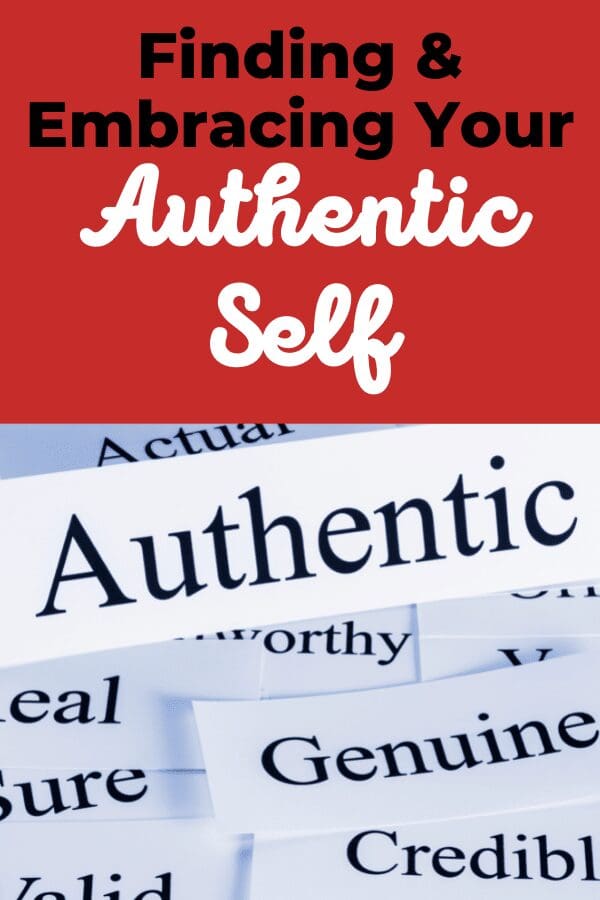
Authentic Self
To be authentic is one of the 12 traits essential to every student’s success in life. It is an important virtue to also be humble. Humility does not mean being debased or self-degraded. It means “being right-sized,” which has two components:
– Authentic persons are objectively aware of their own strengths and weaknesses.
– They don’t pretend to be someone they aren’t.
Authentic Self is central to being comfortable with oneself, to being trusted by friends, and to being a leader.
SEL for Students: Social Awareness and Relationship Skills article provides examples of social awareness and relationship skills.
Authentic in Teaching
Every teacher has seen this happen: you spend hours making corrections on students’ work, only to see identical mistakes on the next assignment. The result can lead to feelings of frustration and dismay. Years ago, when I became the supervising teacher for the school literary magazine, I was amazed by the writing growth I saw in my students. What made such a difference?
Students were doing real work for a real audience, and they wanted to do well. Students had a choice in the type of assignments they had. And they were truly responsible for their work. In my typical English class, if students didn’t do their work, they would get a poor grade and both of us would likely feel defeated. But on the magazine staff, if they didn’t do the work, someone else would have to do it. After all, no publication leaves a big blank space that says, “Jim didn’t finish his story.”
I now see that the factors that led to my students’ greater academic success are the same ones advocated for in 11 Principles of Effective Character Education:1 You do the best you can, and then get honest feedback. We tell our students all the time: “Don’t just say ‘I like it!’ Be kind, but be honest!”
—Lindsey Neves
Authentic Self Lesson
Academic Learning Goal: ELA5 Recount a story, including fables, folktales, and myths from diverse cultures; determine the central moral lesson.
SEL Goal: Self-management Establishing ideals that can motivate greater achievement, especially when the going gets tough.
Materials Needed: pencil and paper; Reproducible 2A1: Malala Yousafzai: “The Bravest Girl in the World”
Reproducible 2A1
Malala Yousafzai: “The Bravest Girl in the World”
Malala was a 12-year-old student attending a Pakistani school when she wrote a blog for the BBC television network. She supported the rights of girls in her country to an education, even though the ruling Taliban had banned females from attending school. As Malala gained prominence for her writing, South African Bishop Desmond Tutu nominated her for the International Children’s Peace Prize.
In October of 2012, a Taliban gunman boarded her school bus and shot her three times in the face. She was in critical condition for days but improved enough to continue her recovery and rehabilitation in England. The Taliban continued with their threats to kill her and her father, but she would not cease to speak out for her young sisters throughout southern Asia. On December 16, 2014, the day of an attack on a military school in Pakistan by the Taliban, which claimed 141 lives, most of them children, she said she was “heartbroken over this cowardly act.”
Malala’s bravery and activism for women’s right to education has brought support from all over the world. A UN petition, “I am Malala,” was born. The petition’s focus was for all children worldwide to have the right to be educated in school by December 2015. The initiative led to the ratification of Pakistan’s first “Right to Education Bill.” She has been recognized with over 30 distinguished honors and awards from many countries, including being the youngest winner ever of the Nobel Peace Prize in 2014.
© 2018, Taylor & Francis, Integrating SEL into Your Curriculum, John Dacey, Gian Criscitiello, and Maureen Devlin
Engage: Tell your students that a hero is someone to admire. They may not have met this person, but they know it is someone special. This is a person they hope to grow up and be like. Ask students if they can tell you the name of such a person. If they don’t have a hero now, ask them to consider one: Malala Yousafzai. Read or pass out Reproducible 2A1: Malala Yousafzai: “The Bravest Girl in the World”
Activate: Require each of your students to write down if they strongly agree, agree, disagree, or strongly disagree with the following questions about their own personality traits. Are they:
Courageous, in some areas?
In control of their lives?
A leader (in some areas)?
Patient?
Kind?
Reflect: Now, ask students to look over their answers in small groups and see what each one of them reveals:
How is Malala like or different from them?
Does it make any difference that she is a girl?
Do they know anyone like her (older or younger)?
What could they do to be as authentic as she clearly is?
This post is on Building Block of Social Emotional Learning
